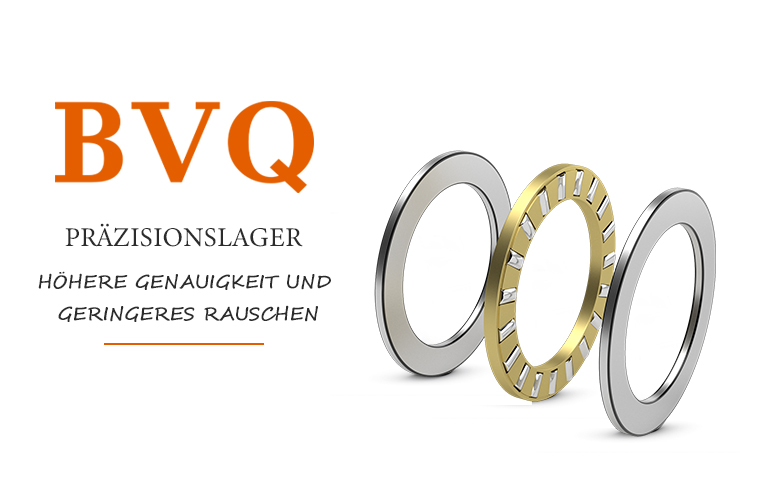

Thrust
roller bearings are used to bear the combined axial and radial load,
which is mainly the axial load, but the radial load shall not exceed 55%
of the axial load. Compared with other thrust roller bearings, this
type of bearing has a lower friction factor, higher speed, and has
self-aligning performance.
The rollers of the bearing are asymmetric
spherical rollers, which can reduce the relative sliding between the
rollers and the raceway in the work, and the rollers are long and large
in diameter, the number of rollers are large, and the load capacity is
high. They are usually lubricated by oil. Grease lubrication can be used
at low speeds. When designing and selecting, it should be preferred;
Thrust
cylindrical roller bearings and thrust tapered roller bearings are
suitable for low-speed occasions. The speed of thrust tapered roller
bearings is slightly higher than that of thrust cylindrical roller
bearings. Thrust cylindrical roller bearings are separable bearings,
which can only bear one-way axial load and slight impact, and can limit
the axial displacement of the shaft (or housing) in one direction, so it
can be used for one-way axial positioning. But its carrying capacity is
far greater than that of thrust ball bearings. When the roller is
rolling, due to the different linear speeds at the two ends of the
roller, the roller will inevitably slide on the raceway of the ring.
Therefore, the limit speed of this type of bearing is lower than that of
the thrust ball bearing, and it is usually only suitable for low-speed
operation.
The standard design of
thrust cylindrical roller bearing adopts a car-made metal solid cage.
According to user requirements, cages of other types or materials can
also be used. Thrust tapered roller bearings can only bear one-way axial
load and can limit the one-way axial displacement of the bearing, so it
can be used for one-way axial positioning. Compared with thrust
cylindrical roller bearings, the bearing capacity is large, the relative
sliding is small, but the limit speed is lower.


